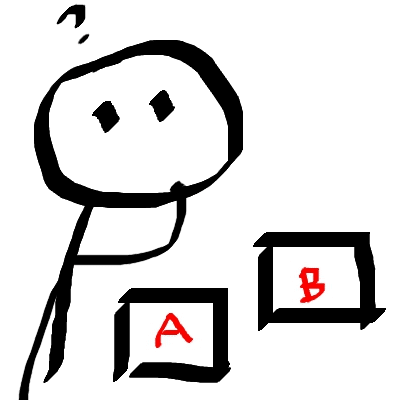1.7 – Unchanging to vs. Demonstrative ten, ta, to
In the previous section, we learned the forms ten, ta, to as the masculine, feminine, and neuter forms of the demonstrative. Whenever you are saying that professor is… or that chair is…, you will use the forms ten, ta, to which match the gender of the noun that follows.
Ten profesor je nový.
‘That professor is new’
Ta profesorka se jmenuje paní Nováková.
‘That professor’s name is Mrs. Nováková’
Unchanging to
When you are identifying a person or an object, in English you would typically say “That is…”, such as “That is a dog” or “That is a car.” In Czech this is always going to be To je... For a review of these forms, see 1.1 – Grammar Explanation – Co to je?
|
***IMPORTANT RULE – to say “This is/That is…” you will say To je… or Tohle je. You will never need to change the word to, regardless of the gender of the noun that follows*** |
So, whenever you are answering the questions Kdo to je?/Co to je?, you should respond To je… Take a look at the following examples:
To je nový profesor.
‘That’s a new professor.’
To je kočka.
‘That’s is a cat.’
To je auto.
‘That’s a car.’
Now take a look at the following sentences. See if you make sense of the cases where it stays to je (or tohle je) vs. the times that it changes (i.e. ten, ta, to)
- To auto není čisté. This car is not clean.
- To je český slovník. This is a Czech dictionary.
- Kde je ten velký stůl? Where is that big table?
- Ten český slovník je dobrý. That Czech dictionary is good.
- Ten malý stůl je hnědý. That small table is brown.
- Ta televize není nová. That television is not new.
- To je malá televize. That is a small television.
- Ta stará televize je velká. That old television is big.
- Kde je to špinavé auto? Where is that dirty car?
- Kdo je ten starý pán? Who is that old man?
- To je německé auto. That is a German car.
- To je nový počítač. That is a new computer.
Images used in this document come from these sources.
